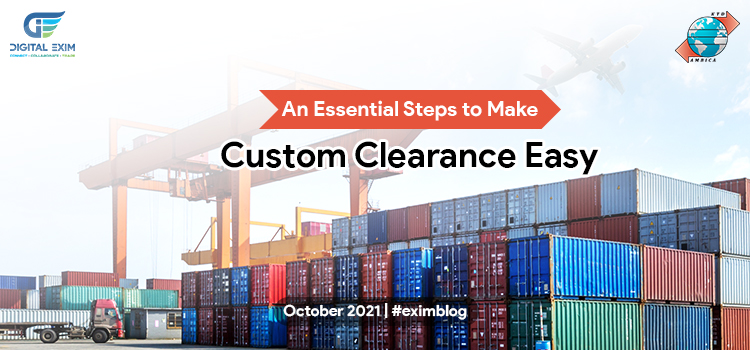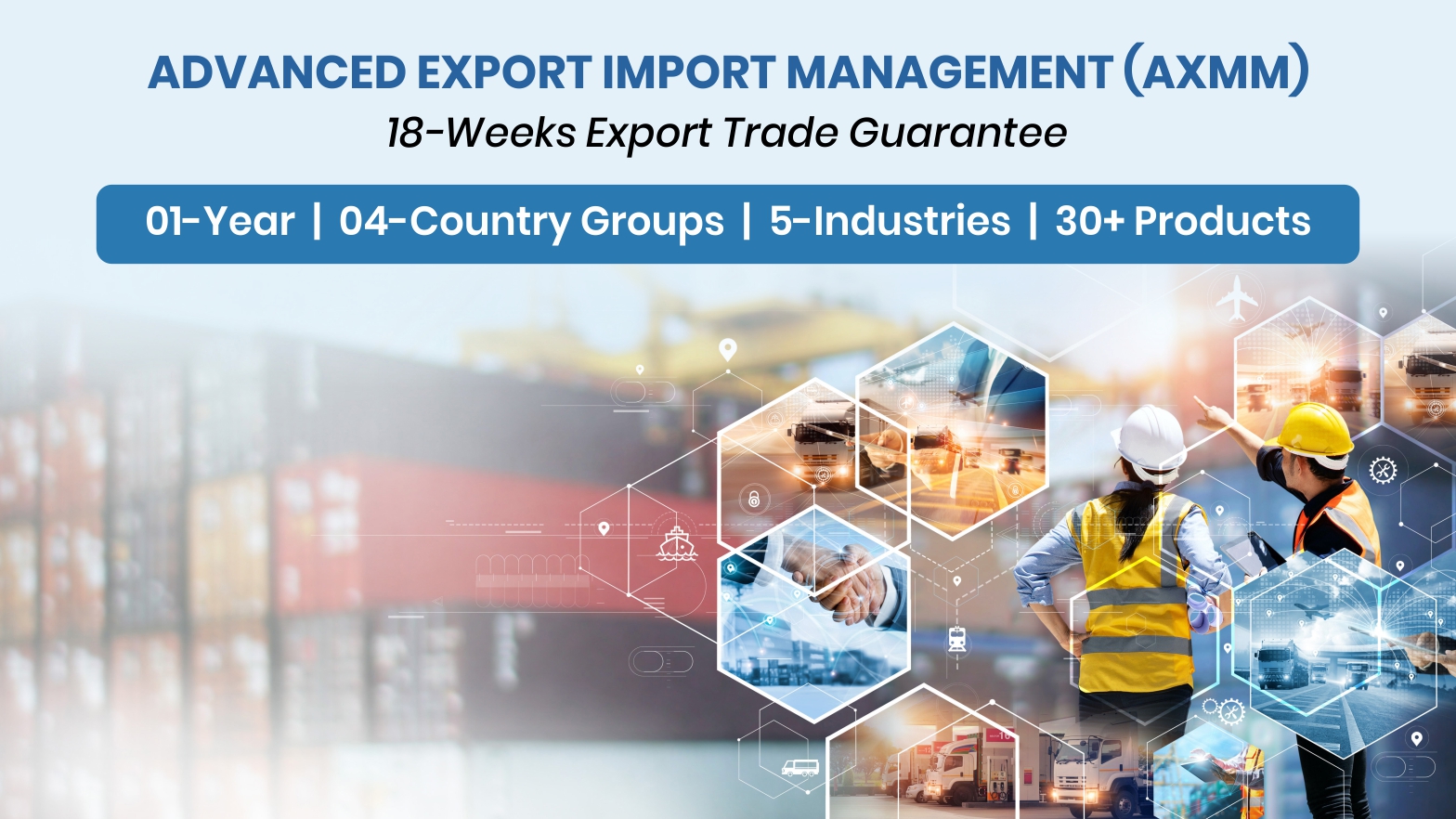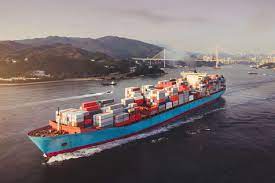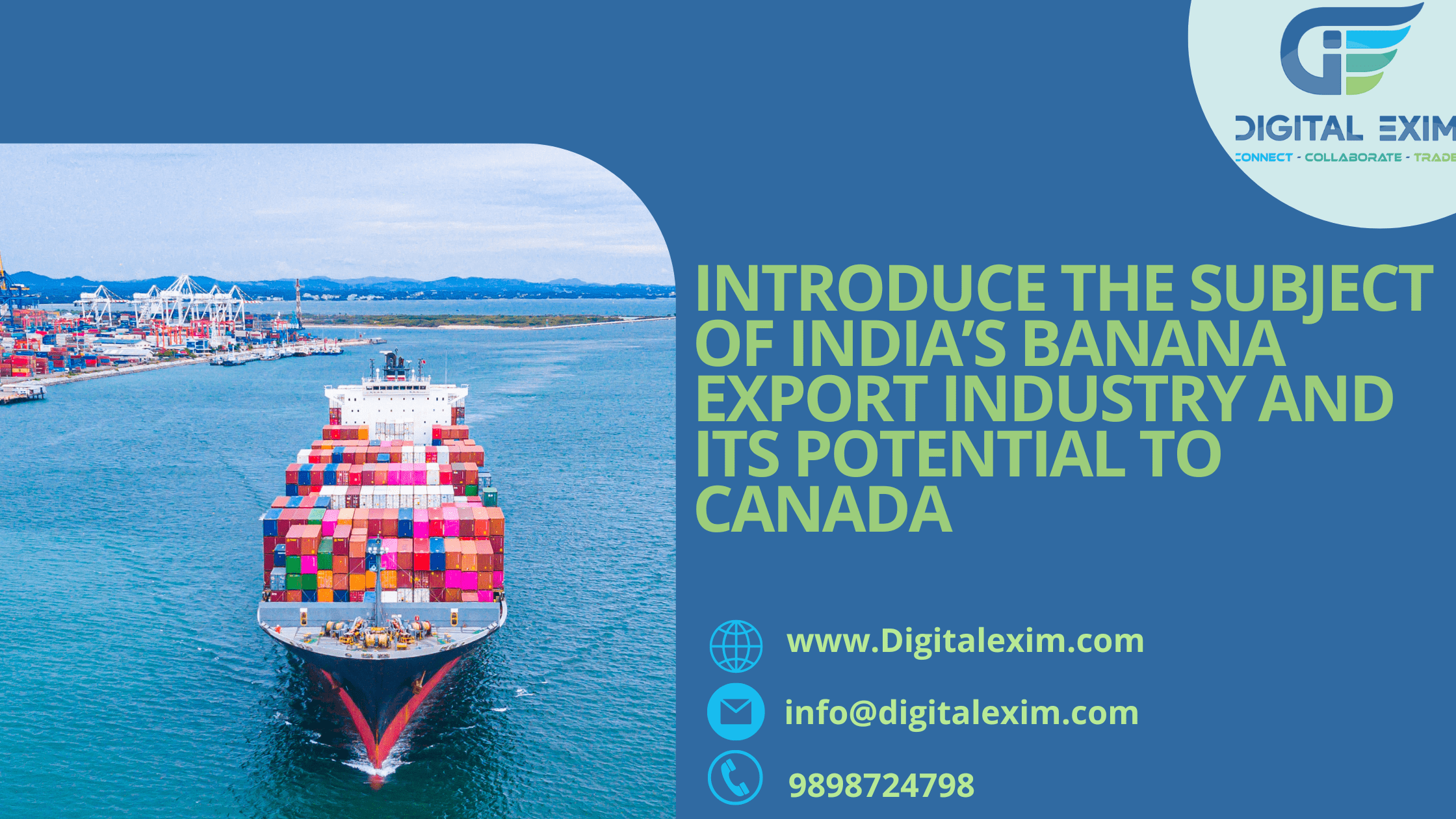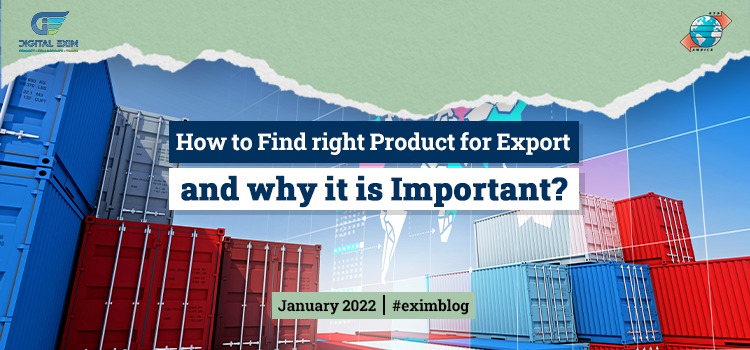Custom clearance is one of the important processes in any export import business. Import export training classes give guidance on how custom works and on any foreign trade factor. Customs is a government department that implements policies related to import and export. Custom clearance is a document which is issued by the customs authorities to a shipper that indicates all the duties have been paid and the goods are cleared to export. Every international ocean shipment must meet the customs clearance in each country.
India Process of Custom Clearance:
1 Calling of Vessels-
The person who carried the vessel should make sure that the calling of vessels is done at the customs port after reaching the country.
2 Bill of Entry-
The customs officer will be assigned to check the paperwork of the desired shipment. The customs officer will make a bill in 4 copies.
3 Modification to Bill of Entry-
After the first process the duty of a customs officer will be to check whether there would be any alteration required.
4 Green Channel Facility-
This ensures that there will be no need for routine examination procedures for checking of goods.
5 Payment-
All the importer and exporters have to do the duty through TR-6 challans. Make sure to crosscheck the name of the Bank before depositing the duty.
6 Sipping Bill-
The bill of entry will be valid if the goods have arrived 30 days before the actual date of presentation of the shipping bill.
7 Custody of Custodian-
After the ship arrives the goods remain in the custody of the Custodian until it clears the customs process.
8 Bill of Entry for warehousing-
There is a different bill of entry for customs clearance of goods for warehousing procedure.
9 Delivery of Goods-
After showing the custom clearance to the port authority the importer can take the delivery of the goods.
Factors Impacting Customs Clearance:
1 Nature of Cargo-
Let’s assume you are exporting food products to any country, then you must have safety and quality assurance and certification requirements from both the countries.
2 Free Trade Agreements-
If your product falls under free trade agreement, you will need to produce a certificate of origin as a proof.
3 Digital Customs-
It is important to know about the EDI (electronic data interchange) system they use for the customs clearance process and other activities that can be done digitally.
Rules Regulations and Policies:
- Every country annually publishes its policy for foreign trade, which contains under which goods and services are eligible to be exported or imported.
- Cargo imported into the country are customs bonded under custom jurisdiction until it is released after clearance.
- It requires the trader to file all the paperwork, licenses, and certificates for the accurate and complete submission.
- No vessel/aircraft can leave a customs station unless a written order for port clearance is given by a customs officer.
- The commercial invoice is most important because it lists the contact information for the suppliers, receiver, export data, and airway bill.
Steps involved in Custom Clearance:
Custom clearance procedure works include formation and submission of documentation needed to help export or import procedure into the country. The importer or exporter should have to submit valid documents to clear the custom clearance procedure successfully. The customs clearance is the most important task to be done by the international traders. Make sure all the documents are valid and correct. Export import training can give you full information of the process in detail. Visit our website to know more about export import.

